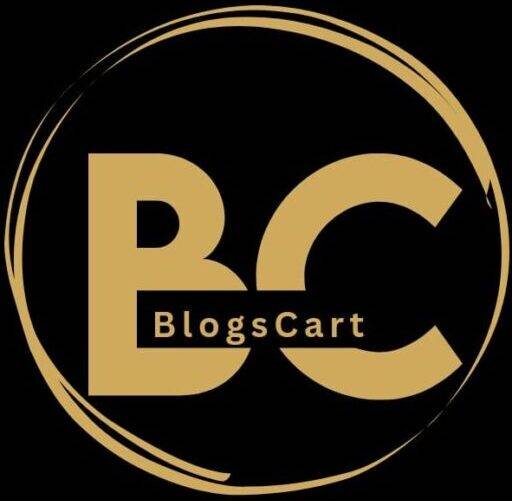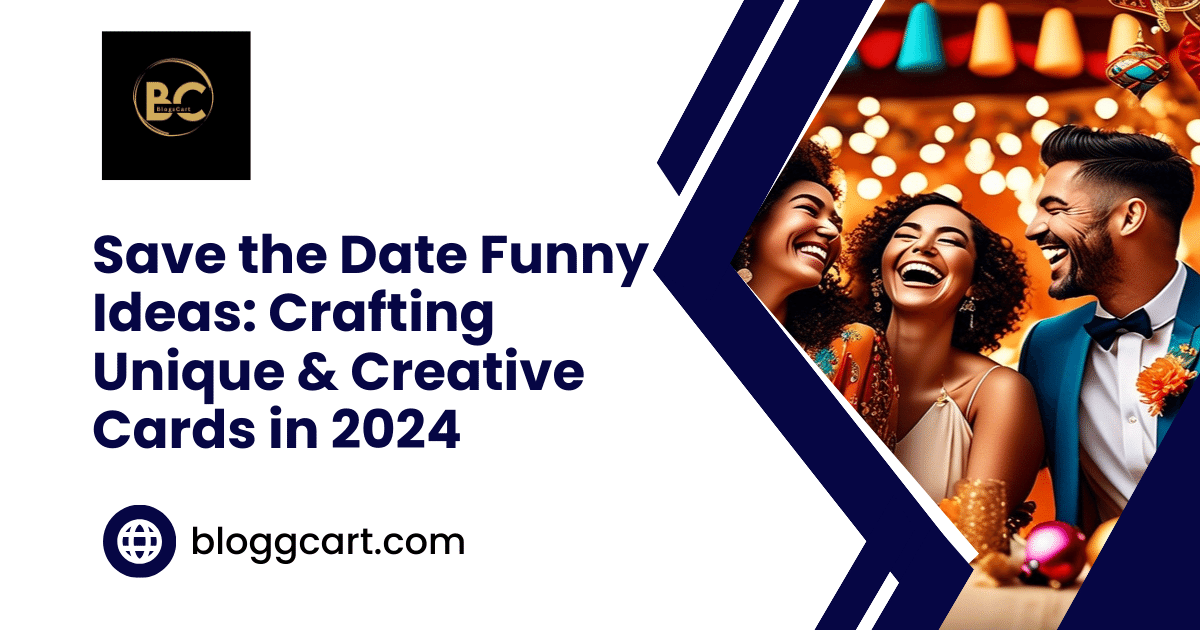Ever wondered how a simple smile or a sly smirk can speak volumes without uttering a single word? Our mouths are the ultimate multitaskers, juggling speech, expression, and nourishment. From delivering eloquent speeches to relishing delectable flavors, our mouths are the unsung heroes of daily life. But have you ever pondered over the myriad capabilities of this versatile body part?
While it’s easy to take our mouths for granted in their everyday functions, they possess an extraordinary range of abilities that often go unnoticed. Get ready to uncover surprising facts about what that mouth does.
Table of Contents
Unpacking the Phrase “What That Mouth Do”
Origin and Evolution
The phrase “what that mouth do” has its roots in African American Vernacular English (AAVE) and gained popularity through social media. It is often used to inquire about someone’s skills or abilities, particularly in a playful or flirtatious manner. Originally, it was linked to oral sex but has evolved to encompass a broader range of meanings related to one’s capabilities.
This phrase has become part of modern slang, finding its way into everyday conversations, music lyrics, and memes. Its evolution reflects the dynamic nature of language and how words can take on new meanings over time. For example, people might use it humorously when asking about someone’s cooking skills or their ability to talk convincingly.
Cultural Significance
In contemporary language, “What That Mouth Do” holds cultural significance as it embodies the idea of prowess and talent. It is often used within close-knit communities where individuals understand the nuances behind its usage. This phrase serves as a form of expression that connects people through shared understanding and humor.
Moreover, its prevalence in popular culture demonstrates how language adapts to reflect societal changes. Through platforms like TikTok and Twitter, this phrase has transcended linguistic boundaries by being adopted by diverse groups who appreciate its lighthearted tone.
Misinterpretations and Common Misconceptions
Despite its widespread use across various demographics, “what that mouth does” is frequently misunderstood outside the communities where it originated. Some may misinterpret it as solely about sexual connotations due to its initial association with oral sex.
However, this misconception overlooks the broader context in which the phrase is employed today. It now encompasses a wide array of talents beyond intimate acts; for instance: singing ability or public speaking skills are also fair game for inquiry using this colloquialism.
A Dive into Eros and Playful Banter
The Role of Humor in Romantic Interactions
Flirtation often involves humor as a way to create a lighthearted and enjoyable atmosphere. When people engage in playful banter, they use humor to convey their interest and attraction. For example, someone might tease their crush about something funny they said or did. This light teasing can create a sense of intimacy and shared enjoyment, enhancing the romantic connection between two people.
Humor also serves as an icebreaker in romantic interactions. It helps to alleviate tension and awkwardness, making it easier for individuals to express themselves freely without fear of judgment or rejection. By infusing conversations with humor, individuals can establish a comfortable rapport with each other, setting the stage for deeper emotional connections.
Playful banter that incorporates humor is like adding seasoning to food; it enhances the flavor and makes the experience more enjoyable. In the context of romance, humor adds an element of fun and excitement to interactions, making them more engaging and memorable.
Understanding the Dynamics of Playful Banter
When engaging in playful banter, individuals use language creatively to convey their interest while maintaining an air of lightheartedness. This form of communication allows them to test boundaries safely while gauging each other’s reactions.
For instance, during a conversation between two people interested in each other romantically, one might playfully challenge the other’s opinion on a topic or make witty remarks about shared experiences. This exchange creates an opportunity for both parties to showcase their personalities and wit while building rapport through mutual enjoyment.

Playful banter also provides insight into compatibility by revealing how well two individuals complement each other’s communication styles. It showcases their ability to understand nuances within conversations while fostering an environment where both parties feel comfortable expressing themselves authentically.
Crafting the Perfect Funny Response
Utilizing Sarcasm
Sarcasm can be a powerful tool when crafting a witty comeback. It involves saying the opposite of what you mean in a satirical or ironic way. For example, if someone asks, “Did you fall from heaven?” as a pickup line, you could respond with, “No, I tripped over my angel wings.” This type of response uses sarcasm to create humor by cleverly twisting the original question.
Sarcasm should be used sparingly and in appropriate situations. It’s essential to gauge the other person’s mood and ensure that your sarcastic remark won’t offend. When done right, sarcasm can add an extra layer of wit and humor to your response.
Clever Wordplay
Another effective technique for crafting funny responses is through clever wordplay. This involves using puns, double entendres, or unexpected twists on words to create humor. For instance, if someone comments on how they’re always late and says they were born late too, you could reply with something like: “Ah yes, fashionably late since day one.”
Clever wordplay allows you to inject humor into conversations by playing with language in creative ways. However, it’s important not to force wordplay into every interaction—using it sparingly will make your responses more impactful.
Balancing Humor with Respect
While delivering a funny comeback is entertaining and often lighthearted banter among friends or acquaintances; it’s crucial to balance humor with respect in all responses. Even when engaging in playful banter or exchanging witty remarks; being mindful of others’ feelings is key.
Respectful humor means avoiding sensitive topics or personal insecurities when crafting comebacks; ensuring that everyone involved feels comfortable and included. A well-crafted humorous response should uplift the conversation without causing harm or discomfort.
Top 25 Hilarious Comebacks to “What That Mouth Do”
Varied Styles
Humorous responses to “What That Mouth Do” come in a variety of styles, allowing for versatility in different contexts. From witty one-liners to clever puns and sarcastic retorts, there’s a comeback for every situation. Some people prefer using exaggerated or absurd responses, while others opt for subtle yet effective replies.
For example:
- “It makes a lot of sense, unlike some people I know.”
- “It’s busy making better decisions than you’re expecting.”
- “It’s too busy smiling at better jokes than that.”
- “It’s trained in the art of not wasting words on bad questions.”
- “It’s too busy sipping tea and minding its own business.”
- “It’s got better things to do than entertain that question.”
- “It’s too busy being fabulous to answer that.”
- “It’s too busy being a good listener to respond to that.”
- “It’s practicing for a TED talk on ignoring irrelevant questions.”
- “It’s too busy being polite to respond to that.”
- “It’s got a PhD in ignoring nonsense.”
- “It’s too busy being a role model for how to handle dumb questions.”
- “It’s too preoccupied with being awesome to answer that.”
- “It’s too busy being a shining example of grace under pressure.”
- “It’s too busy being a class act to respond to that.”
- “It’s busy being a master of the art of silence.”
- “It’s too busy being a beacon of dignity to respond to that.”
- “It’s too busy being the epitome of self-control.”
- “It’s too busy being the bigger person to answer that.”
- “It’s too busy being an example of how to rise above negativity.”
- “It’s too busy being a paragon of composure.”
- “It’s too busy being a model of restraint.”
- “It’s too busy being a symbol of inner peace.”
- “It’s too busy being an embodiment of poise and grace.”
- “It’s too busy being a representation of how to handle ignorance with elegance.”
The diverse range of styles ensures that you can tailor your comeback to match the tone and atmosphere of the conversation.
Popular Memes and Catchphrases
Internet memes and catchphrases have become an integral part of modern humor, making them perfect sources for crafting hilarious comebacks. Incorporating these popular references into your responses adds an extra layer of relatability and entertainment value.
For instance:
- Using SpongeBob SquarePants meme: “My mouth is as fast as the ‘Mocking SpongeBob’ meme.”
- Referencing Drake’s ‘Hotline Bling’: “My mouth does that little dance move from the ‘Hotline Bling’ video.”
Memes and TikTok: A Cultural Phenomenon
Influence on Pop Culture
The phrase “what that mouth do” has become a viral sensation, spreading like wildfire across social media platforms such as TikTok and Instagram. It has significantly impacted contemporary humor by giving rise to a new wave of memes and comedic content. This catchphrase has infiltrated pop culture, leading to the creation of countless videos and memes featuring individuals lip-syncing or reenacting humorous scenarios related to the phrase.

This trend has not only entertained millions but also influenced how people engage with humor in the digital age. The widespread adoption of this meme demonstrates its profound impact on shaping modern comedy trends. As a result, it has contributed to an evolution in the way people perceive and consume humorous content online.
Social Media Engagement
The “what that mouth do” phenomenon’s influence extends beyond mere entertainment, as it has also sparked increased social media engagement. Users are actively participating in challenges and creating their unique versions of the meme, thereby fostering a sense of community within these platforms. This surge in user-generated content reflects the meme’s ability to captivate audiences and encourage active participation.
Moreover, this trend’s ability to generate discussions and interactions among users highlights its role as a catalyst for heightened engagement across various social media channels. By prompting individuals to join in on the fun through creative expression, “What that Mouth Do” exemplifies how memes can foster connectivity and interaction within online communities.
The Art of Humorous Rejoinders
Analyzing Psychology
Humor is a powerful tool that can bring joy and laughter to people. When crafting witty responses, it’s essential to understand the psychology behind effective humor. People are drawn to humor because it lightens the mood and creates a sense of connection. By using relatable situations or clever wordplay, you can make others laugh and feel understood.
Crafting humorous rejoinders involves understanding your audience and what resonates with them. For example, if you’re telling a funny story about something that happened at school, you’ll want to tailor your response based on whether your audience consists of classmates or teachers. Understanding their perspectives will help you deliver responses that hit the mark.
Importance of Timing
Timing is crucial when delivering comedic responses. Imagine someone sharing a funny story about spilling coffee on themselves in the morning; responding with an appropriate joke immediately after they finish their tale can enhance the comedic effect. However, if you wait too long before responding, the moment may pass, and the impact might be lost.
Effective timing also involves being attentive to non-verbal cues from others during conversations or storytelling sessions. If someone pauses for dramatic effect during their narrative, this could present an opportune moment for a well-timed quip or playful remark.
Embracing Spontaneity
Embracing spontaneity allows for organic and authentic wit in crafting humorous rejoinders. Being spontaneous means letting go of overthinking and allowing yourself to respond naturally in real-time conversations or storytelling moments.
For instance, if someone shares a funny anecdote about getting lost while traveling abroad, embracing spontaneity enables you to respond quickly with an amusing comment related to travel mishaps without feeling pressured by preconceived notions of what’s considered funny.
What Audiences Think: Rating the Wittiest Replies
Surveying Public Opinions
Public opinions play a significant role in determining the success of humorous comebacks. Surveys have shown that people appreciate responses that are quick-witted and clever. In online banter, audiences tend to favor responses that are not only funny but also relevant to the conversation at hand. For example, if someone makes a witty comment about a current event or popular culture reference, the audience is more likely to find it amusing.
Successful responses often incorporate elements such as wordplay, unexpected twists, or clever observations. These characteristics make the comeback memorable and enjoyable for those witnessing the exchange. A well-crafted response can leave a lasting impression on its audience and generate positive reactions such as laughter or admiration.
Identifying Characteristics
The most successful witty replies often exhibit certain key characteristics that resonate with audiences. These include creativity in language use, relevance to the context of the conversation, and an element of surprise. For instance, when responding to a teasing remark about being forgetful, a person might deliver a comeback like “I’m not forgetful; I just have selective memory for unimportant things.” This type of response showcases creativity by flipping the initial statement into something unexpected and humorous.
In addition to creativity and relevance, successful comebacks also demonstrate an understanding of timing. The ability to deliver a quick-witted response at just the right moment can significantly enhance its impact on observers. Timing plays an essential role in ensuring that humor lands effectively without feeling forced or awkward.
Recognizing Audience Preferences
Understanding audience preferences is crucial when crafting witty responses for online interactions. Different platforms may attract distinct types of humor based on their user demographics and cultural norms. While some audiences enjoy lighthearted banter with playful sarcasm or puns, others may prefer dry wit or observational humor.
Moreover, recognizing common interests shared within specific communities can help tailor responses accordingly. For instance, if engaging in banter within a group focused on science fiction enthusiasts, incorporating references from popular sci-fi franchises could resonate well with this particular audience.
- Quick-wittedness – Clever observations – Relevance – Creativity – Understanding timing
The Impact of Humor in Online Interactions
Effects of Lighthearted Exchanges
Humor plays a pivotal role in digital communication, significantly impacting user engagement. Lighthearted exchanges filled with humor have the power to captivate audiences and keep them coming back for more. When users encounter humorous content, it often brightens their day and leaves a lasting impression. This positive experience creates a sense of connection between individuals engaging in the conversation.
The effects of humor on online interactions are far-reaching. It has been observed that when humor is incorporated into digital communication, there is an increase in user engagement. For instance, social media posts or online forums that incorporate witty remarks or funny anecdotes tend to receive higher levels of interaction such as likes, shares, and comments compared to those without any comedic elements. This surge in engagement not only benefits individual users but also contributes to the overall vibrancy and activity within virtual communities.
Implications for Building Virtual Communities
The use of humor has significant implications for building strong virtual communities and fostering relationships among users. In these digital spaces, laughter acts as an essential bonding agent that brings people together despite geographic distances or other barriers. When individuals interact through humorous exchanges, they form stronger connections with one another based on shared enjoyment and amusement.
Moreover, incorporating humor into online interactions can alleviate the stress and tension commonly associated with digital communication platforms. By injecting lightheartedness into conversations, individuals can create a more relaxed atmosphere where everyone feels comfortable expressing themselves authentically without fear of judgment or criticism.
Summary on What That Mouth Do?
So, there you have it! From unpacking the phrase “What That Mouth Do” to rating the wittiest replies, we’ve delved into the world of playful banter and humorous comebacks. With a cultural phenomenon like memes and TikTok shaping online interactions, crafting the perfect funny response has become an art form. The impact of humor in these exchanges is undeniable, and wit and cleverness can leave a lasting impression.

Now, armed with the top 25 hilarious comebacks and insights into audience reactions, it’s your turn to join the fun! Embrace the art of humorous rejoinders and bring laughter to your online conversations. Remember, a well-timed witty remark can turn an ordinary interaction into a memorable one. So, go ahead and show off what your mouth can do!
Frequently Asked Questions
What is the origin of the phrase “What That Mouth Do”?
The phrase “What That Mouth Do” originated as a playful and flirtatious inquiry into someone’s oral skills, often used in a humorous or teasing manner.
How can I craft a witty response to “What That Mouth Do”?
Crafting a witty response involves quick thinking and clever wordplay. Consider using humor, sarcasm, or playful banter to create an amusing comeback that fits the context of the conversation.
Why are memes and TikTok associated with the phrase “What That Mouth Do”?
Memes and TikTok have popularized the phrase through comedic content creation. Users on these platforms often use it in humorous videos, contributing to its cultural phenomenon.
What impact does humor have in online interactions related to “What That Mouth Do”?
Humor plays a significant role in online interactions by fostering lightheartedness and building rapport. It helps ease tension and encourages engaging conversations within digital communities.
Are there any ethical considerations when using the phrase “What That Mouth Do” in online interactions?
It’s important to consider context and audience when using this phrase. Respect boundaries, avoid offensive language, and ensure that all participants feel comfortable with the tone of the conversation.


